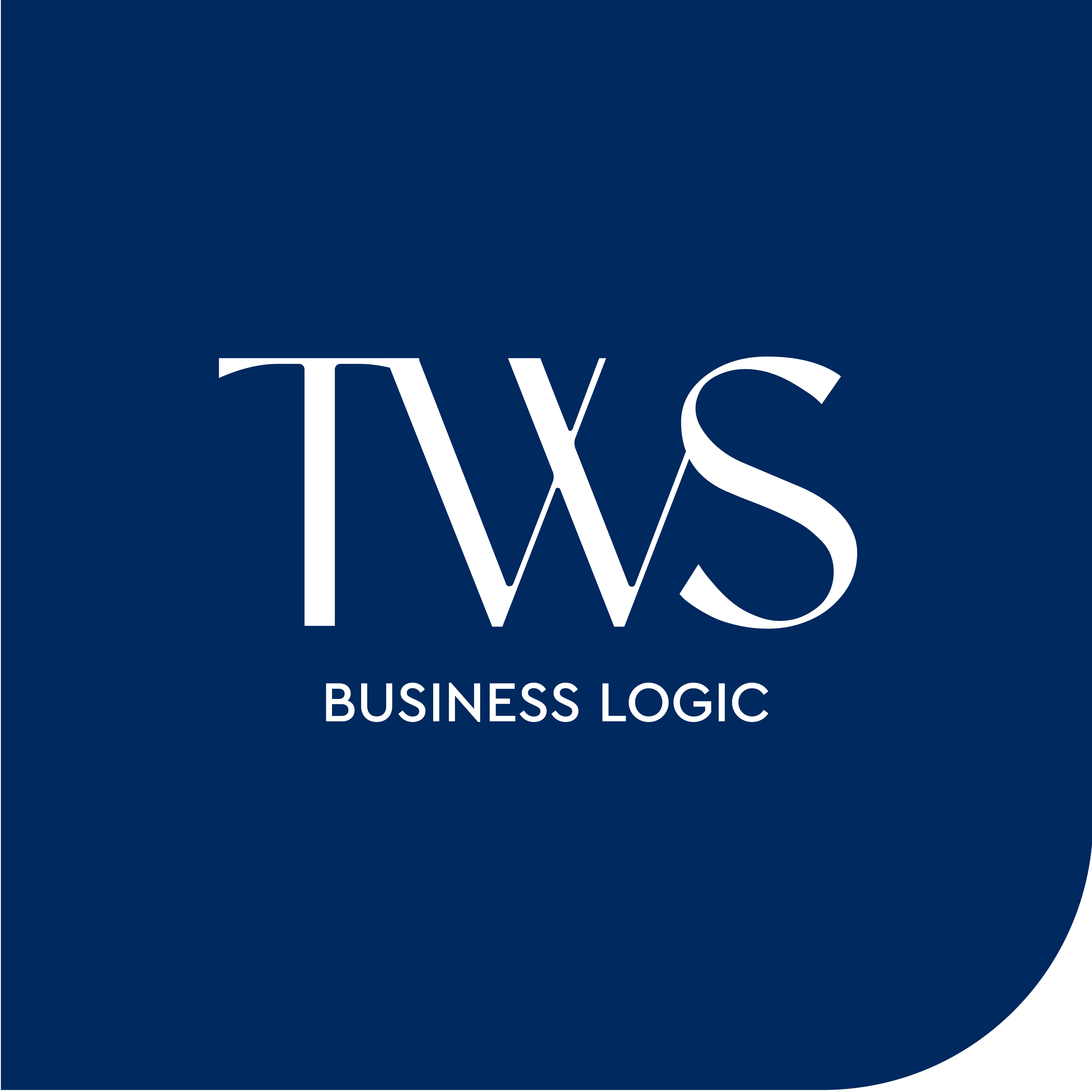The preceding position determines the following in a whole array of logical relationships among pieces that lead to a single direction, the win. The ability to synthesise by discerning the whole idea from the individual meanings that compose it and the meanings from the whole idea of which they are a part determines the win. The TWS System enables the logical synthesis of content, whereby the whole becomes greater than the sum of the parts. This results in the formation of effective strategies and positions that deliver high-value propositions.
CONTENT STRUCTURE
Organise and Synthesise your Content Logically and Establish a Clear Path to Success
Strategy is a company’s thinking plan for achieving goals. It acts as a roadmap which marks a well-defined destination whilst locating the positions that need to be taken on the route to success. TWS Business Logic designs the path with clarity that enables establishing strategic positions and tactical manoeuvres successfully leading to your destination.
Business is a conceptual activity.
Your proposition to the customer is the result of an intricate system of content construction resulting from the ideas that constitute the company vision and values, the product or service benefits, the communication, promotion or sales messages, and the company and brand strategy and position.
Ideas are intricate systems of meaning that are open to interpretation & evaluation.
Running a business is a conceptual activity resembling a good chess game. It’s not the individual moves that bring you a win but the strategic employment of all your pieces in anticipation of your opponent’s reactions.
How you organise, synthesise and utilise the multitude of meanings that make up your messages determines whether:
- A clear proposition is formulated. Without clarity, the proposition cannot be evaluated.
- The proposition constructed is significant to the customer. Clarity alone does not construct value. Value is a perceived quality that relies on what is significant to your customer.
Synthesising activities involve synthesising content through a business logic that commands the rules of value construction.
Your strategy reflects the logic through which you structure content in developing value.
All strategies begin with a promise to shareholders and the customers, expressing a mission, vision and values. These define the company’s goal of establishing a unique market position. The long or short-term strategy aims to establish this position.
Every chess piece has a particular meaning and value dictated by the rules of the game. Likewise, every activity has a particular meaning and value dictated by the customer and their options within the competitive environment. Activities are based on positioning goals, which are, in turn, based on propositional concepts. Establishing a unique position depends on defining a value proposition for your customer that moves the company in the desired direction. How you position yourself today determines how you may be positioned tomorrow.
The alignment of strategies is highly significant for value creation.
The strategic position of an organisation is developed horizontally, through time, and vertically throughout the entire organisational structure. It involves developing and synthesising value propositions that define and redefine positions as the company progresses. The objective is to harmonise the long-term vision proposition with the short-term customer promise.
Aligning strategies involves aligning content through a business logic that commands the rules of value construction.
across time
Horizontal development
Long-term strategy
It defines the overall mission, vision and direction of an organisation. This represents the company’s conceptual domain that forms the basis of short-term propositions in relation to product developments. It provides the overarching position the company wishes to establish.
Propositional Strategies
These are the multiple strategies relating to communication, sales, commercial and any other activity that aims at establishing the goals of either the business or corporate strategies by constructing high value positions for products and brands. These are part of the everyday running of the business and therefore fundamental in expressing long or short-term concepts and goals at a corporate or business unit levels.
Short-term strategies
Strategising on a short-term basis involves bringing into fruition the company’s visionary position. These involve formulating customer propositions that position and reposition the company products or services.
Across all Organisational Functions
Vertical development
Corporate Strategy
Corporate strategy defines how the corporation as a whole moves forward developing a value position for itself and the business units of which it is composed.
Business Unit Strategy
Strategy at the business unit level constructs value positions in individual markets. These integrate into the corporate vision, but with a focus on specific market propositions.
Transform with TWS Business Logic
The TWS Logic allows you to generate, develop, expand
Synthesise content effectively to maximise your potential along a clear path to success. It produces an incremental development of value, accounting for past and future company efforts on the whole.



